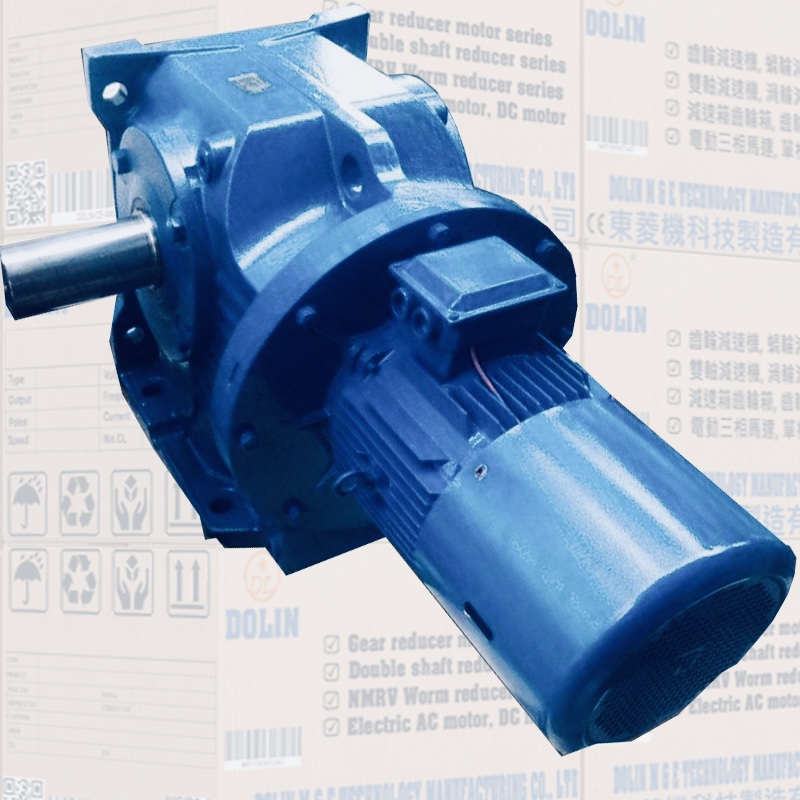The Pros and Cons to Different Gear Motors
- Tuesday - 05/12/2017 23:14
- Close page
Why are gearboxes are needed? A gearbox is a way to increase or decrease torque, motor speed, and direction. What are the differences between gearbox types?

Well, determining which kind of gear motor is most suitable for you will depend on the application you are doing. Every kind of gearbox has its own advantages and disadvantages.
Looking to install or upgrade your gear motor? Take a look at our Bonfiglioli gear motor selection today. Keep reading below for descriptions of the most common gear motors and their pros and cons.
Planetary Gears:
This gear design mimics the planetary rotation, hence the name. Planetary gears consist of 1-6 outer spur gears that rotate around a central gear, which is also referred to as the sun gear, and the outer gear, also known as the planet carrier.
This type of gear is compact, highly efficient, emits little noise, and provides excellent torque transmission.
Pros':
Huge torque capability
Good load distribution
Handles extremely large reductions
Small size
High efficiency
Ease of maintenance
Cons':
Generally more complex
High stress on the output shaft bearings
Thermal limitations on smaller sizes
Worm Gears
Worm gears are used in applications where large gear reductions, torque, and braking are necessary. Some of the more favourable features of worm drives are that they achieve high ratios in a single reduction, ability to handle shock loads and low noise;
One advantage that makes worm drives desirable over other gearboxes is that they have relatively few moving parts in high reduction ratios, simply two shafts – input and output – supported by four bearings.
Pros':
Ease of maintenance
Low noise properties
Handles large reductions
Large shock load capability
High thermal capacity
Cons':
Moderate Efficiency
Large package in design
Relatively expensive to manufacture
Spur Gears
Spur gears are the most common type of gear. These are used in the simplest of gearbox designs, making them the cheapest and most common to manufacture. Spur gears are straight cut gears that have teeth that is meshed with other spur gears to form the gearbox. This design allows the gears to decrease speed and increase torque.
While spur gears are inexpensive and common, they aren't always the best solution, especially in cases where high torque or speed are needed. Several spur gears are needed to make large reductions. They can be very loud while in operation, and if too much stress or force is put on the gears they can easily break.
Pros':
Inexpensive to manufacture
Easy to operate
Efficient and reliable at low speeds
Cons':
Require several gears for large reductions
Loud at high rotational speeds
Not able to handle large amounts of torque
Helical Gears:
Helical gears are similar to spur gears in that they are inexpensive to manufacture but have a few differences that give them an advantage. The teeth in helical gears are cut at an ‘helix’ angle to the leading edge of the gear so the gears to mesh together over the length of the helical cut. This allows for a smoother transfer of torque. Helical gears also makes less noise than spur gears do.
Pros':
Inexpensive to manufacture
Easy to operate
Good torque capacity
Less noise while operating
Cons':
Requires several gears for large reductions
Higher maintenance costs